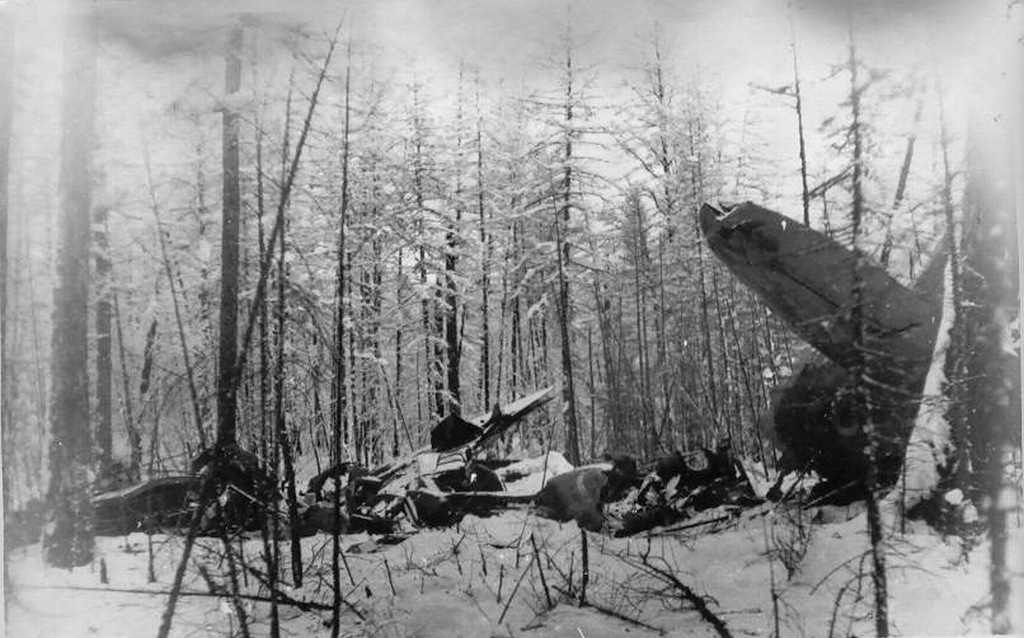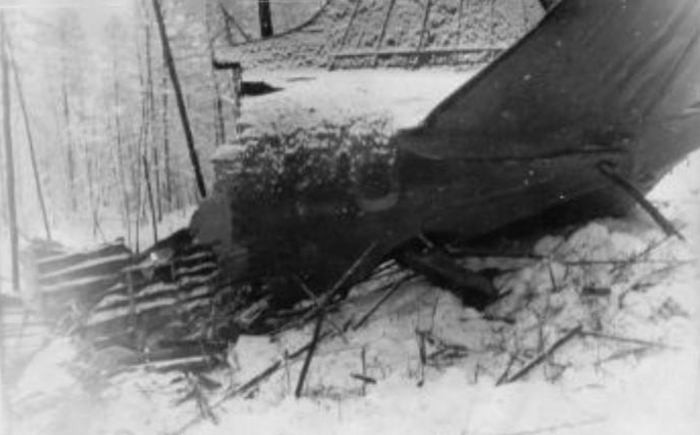Crash of a Ilyushin II-12 in Magdagachi: 6 killed
Date & Time:
Apr 5, 1952 at 1339 LT
Registration:
CCCP-L1308
Survivors:
No
Schedule:
Irkutsk – Chita – Magdagachi – Khabarovsk
MSN:
30014
YOM:
12
Flight number:
SU005
Crew on board:
6
Crew fatalities:
Pax on board:
0
Pax fatalities:
Other fatalities:
Total fatalities:
6
Aircraft flight hours:
1890
Circumstances:
The crew was performing a cargo flight from Irkutsk to Khabarovsk with intermediate stops in Chita and Magdagachi, carrying a load of 2,090 kilos of various goods and mail. After a takeoff run of about 600 meters, the pilot-in-command completed the rotation and the aircraft climbed to a height of 30-40 meters when it banked right to an angle of 10-15° then up to 70°. Out of control, it plunged into the earth and crashed in a huge explosion in a field located 922 meters to the right of the extended center line, about 800 meters past the runway end. The aircraft was destroyed by impact forces and a post crash fire and all 6 crew members were killed.
Probable cause:
The exact cause of the accident could not be determined with certainty. However, the assumption that a technical issue or a wrong position of the left ailerons is not ruled out. At the time of the accident, strong crosswinds and turbulence were present at the airport and may be considered as a contributory factor.










